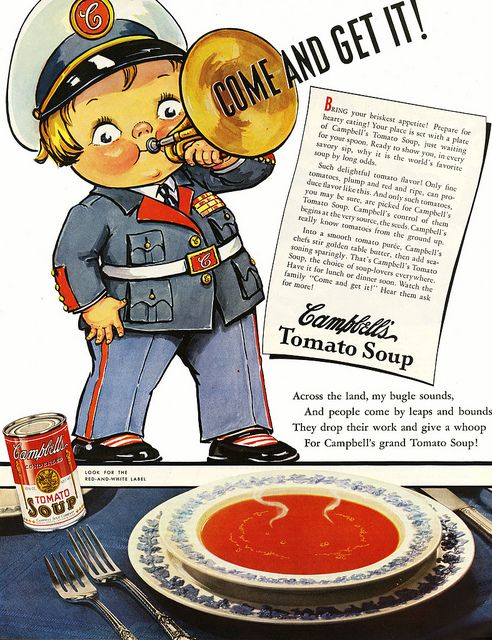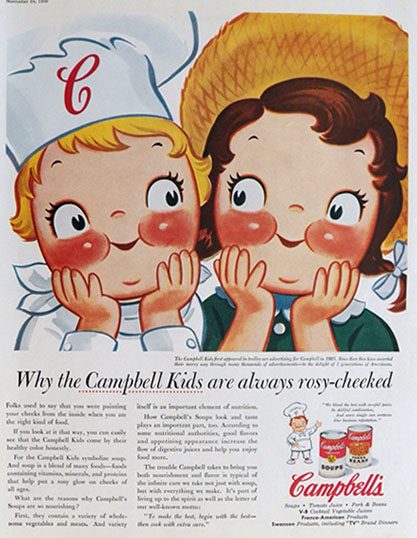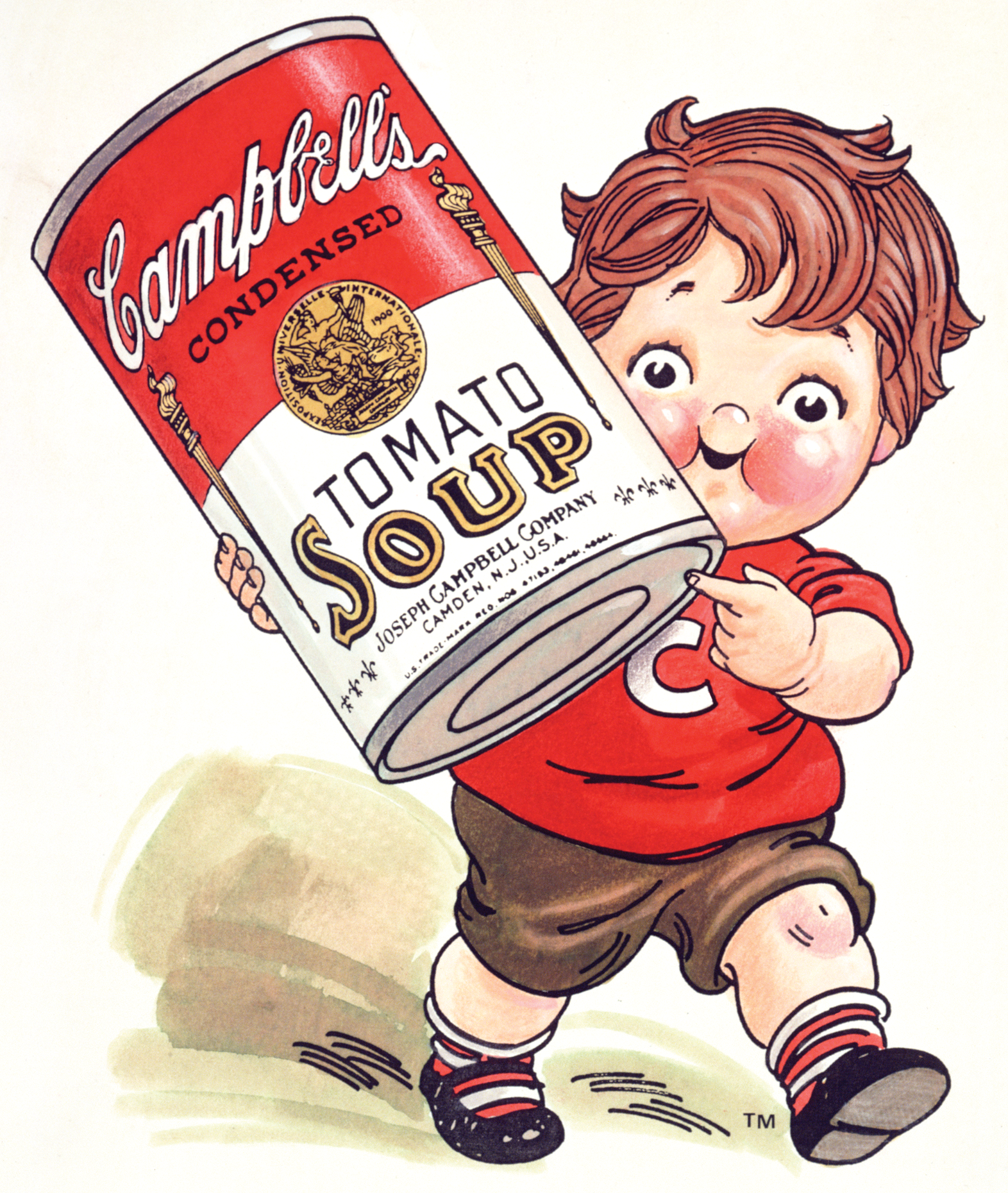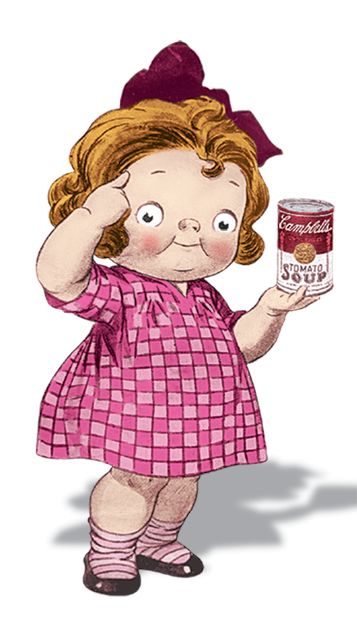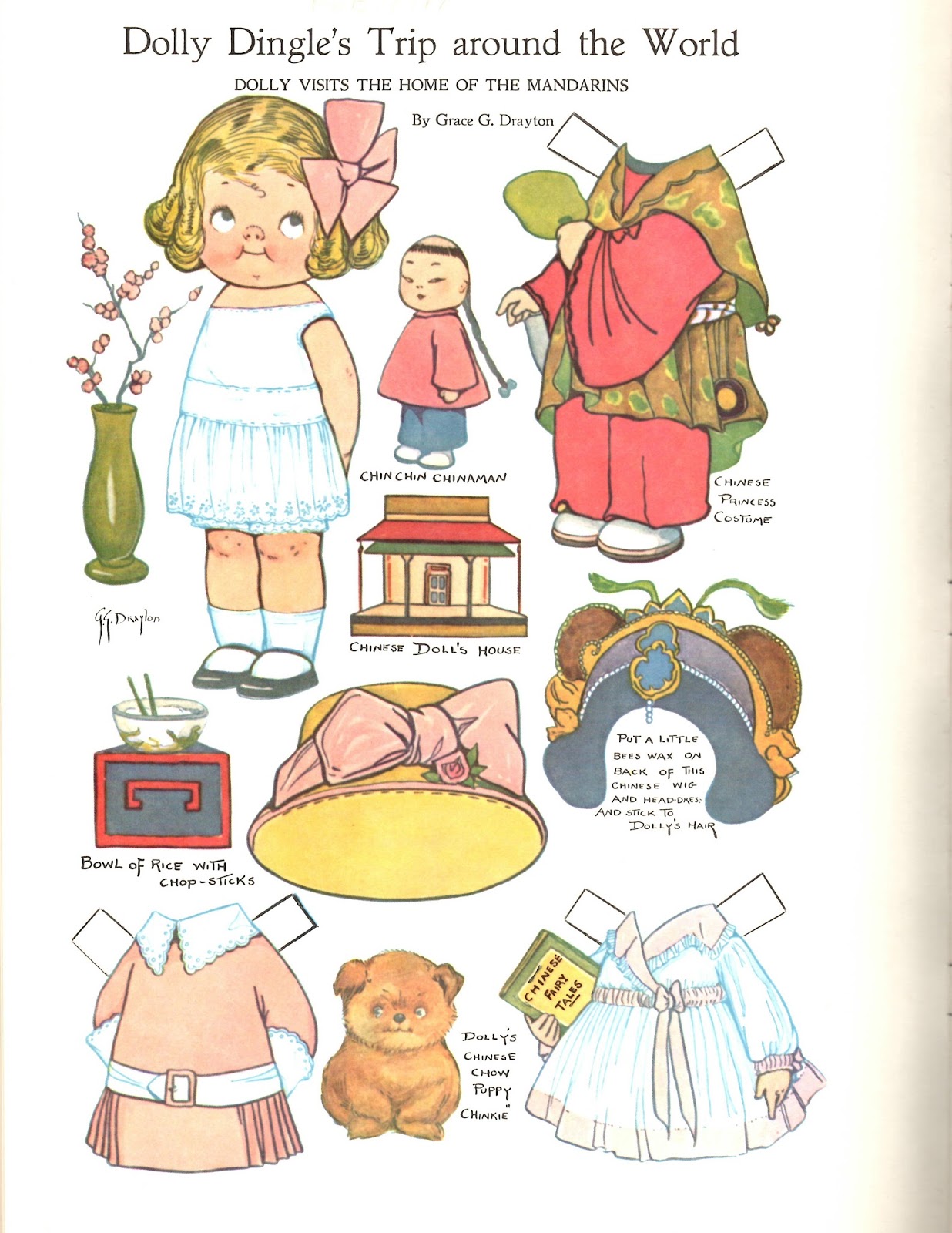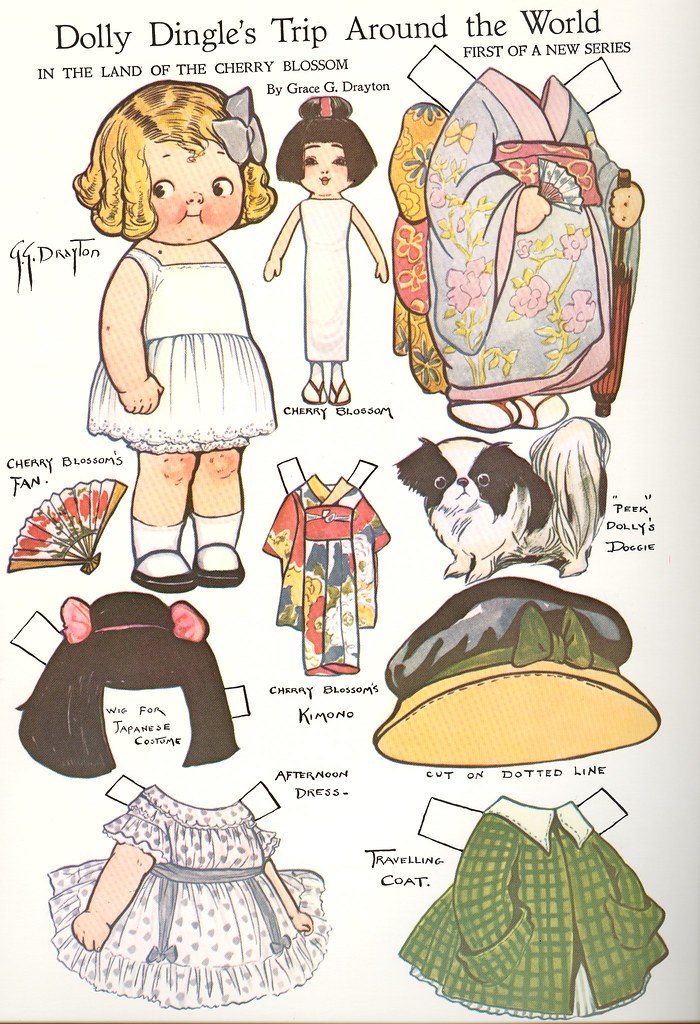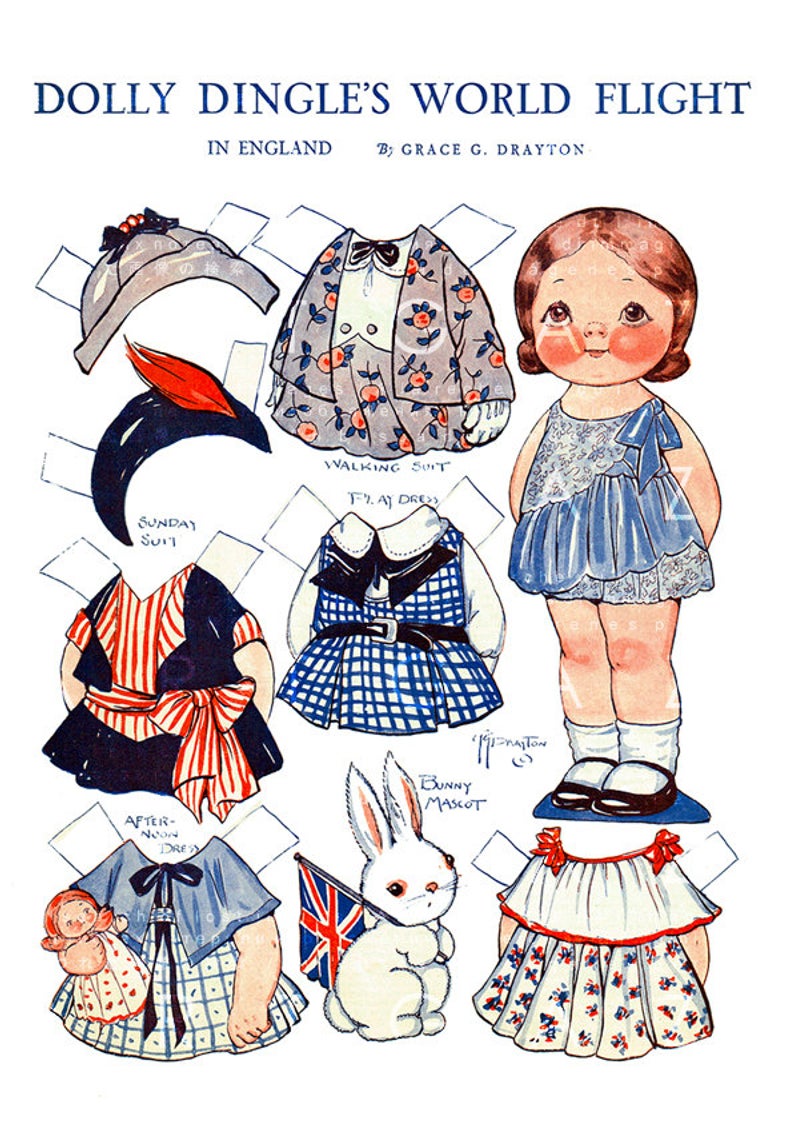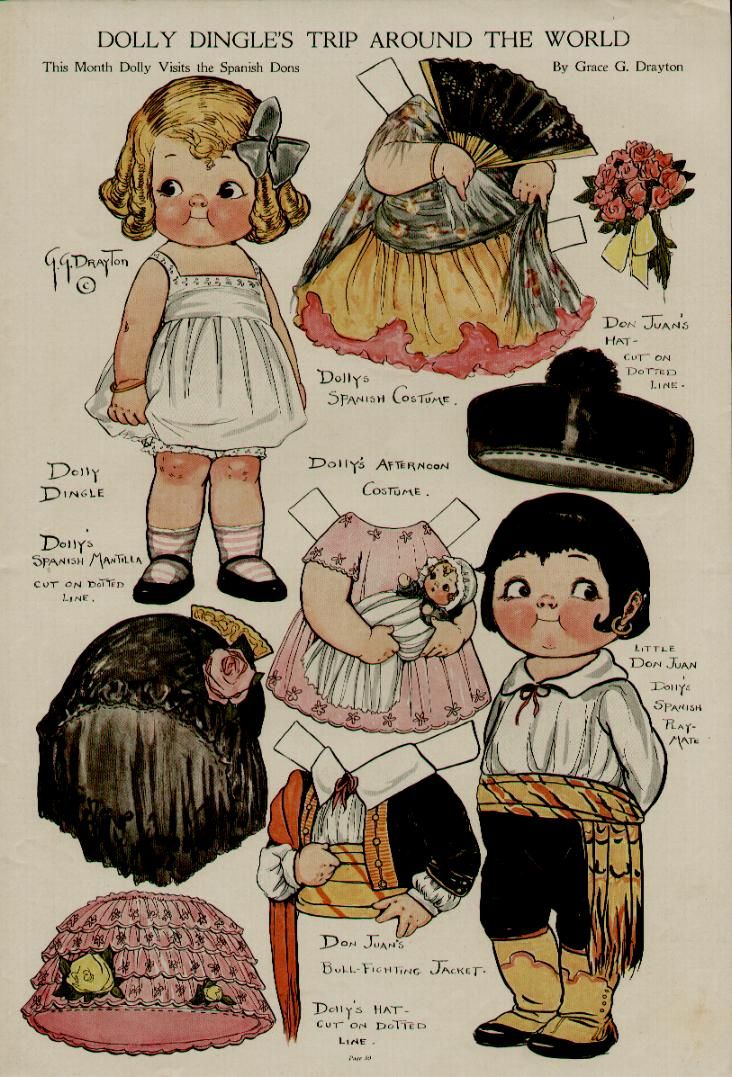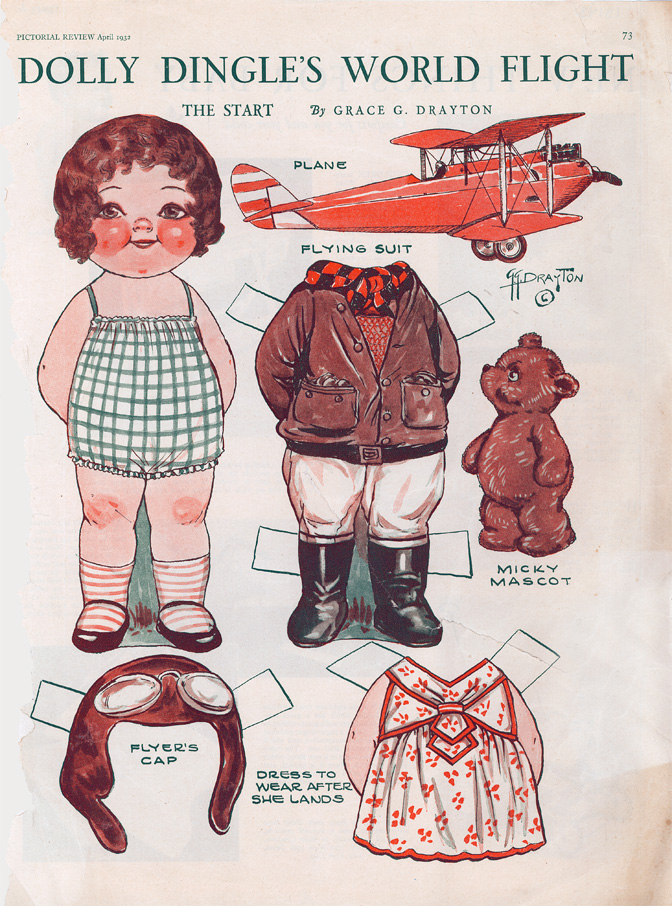WHO Likes Dolly Dingle?!
I received an email last week asking, "WHO likes Dolly Dingle?!" That’s all it said.
I responded that ‘everyone likes Dolly Dingle!' How could we not?’
Dolly Dingle became the VDC mascot early on but has morphed for us into so much more. She always looks at the bright side of things. Of course, her days are not always perfect, but standing proudly in that rainbow dress, and with her always cheerful face, she is creating rainbows in someone else's cloud, and that is enough for her.
To celebrate our girl, I asked our resident blogger, Ellen Tsagaris, to give us a little background into this bright character that has quickly flown and danced her way into our hearths and hearts. At the end of the blog, we have a free download coloring page from our VDC Resident artist, Diana E. Vining.
Before Manga, before Big Eyes Moppets, before Kewpies, came the Campbell Kids, and then Dolly Dingle. The artist behind the doll is Grace Gebbie Wiederseim Drayton (1877-1936), daughter of an art printer with five sisters and one brother. All her siblings were gifted artists, but it was Grace who became famous. In her early days, Drayton created drawings of young, slender, fashionable women to illustrate magazine stories, almost like fashion plates.
She published as early as 1895 under the name Grace Gebbie, though it was her first husband, Theodore Wiederseim, who encouraged her to draw and to sell her illustrations. In 1905, when Joseph Campbell was looking for a face to sell his soups, and the Campbell kids were born.
Drayton created comic strips for the Philadelphia Press including Bobby Blake and Dolly Drake, and The Terrible Tales of Captain Kiddo, (1909 with her sister, Margaret Hays), but she also created Dolly Dingle paper dolls for the Pictorial Review.
Trade card for Dolly Drake and Bobby Blake Brittle Mints, location unknown, undated, via Historic New England
February 05, 1933, Dolly Dimples paper doll from the Sunday comic strip "Dolly Dimples and Bobby Bounce" by Grace G. Drayton.
During the 1920s, Drayton did another comic strip called Dolly Dimples and Bobby Bounce, and she managed to keep the rights for these. Before this, her name was seldom on anything, including The Campbell Kids.
Dolly Dingle is a contemporary of Rose O’Neill’s Kewpies, and was born in 1913. She resembles the Kewpies, and has the same fat, rosy cheeks and wide, almost googly side-glancing eyes, but where most of the Kewpies are cherubs or babies, Dolly is a little girl. Like O’Neill, however, Drayton enjoyed a lot of commercial success.
Drayton called Dolly Dingle and similar creations her “funny babies.” She would draw over 200 sets of Dolly Dingle paper dolls, all in color before 1926. Dover books and other publishers reproduced many of these during the 70s and 80s.
World travel and holidays were popular themes for the paper dolls. Dolly, like the later paper doll Betsy McCall, would have pets. Dolly’s were dog Fido and cat Kitty-Cutie. Her other paper doll friends and family included: Billy Bumps, Joey, Teedie, Sammy, Tottie, Robin, Grace Harriman, Mary Lamb, Junior Allen, Carol, Bessie Brooks, Tommy Tingle, Max, Elsie, and Jock.
Composition Dolly Dingle Doll by American Character, via Billye Harris Collection
Soon, paper dolls became three-dimensional dolls and other collectibles. E.I. Horsman got the first license to make Campbell Kids from composition, but they are made by other companies, too.
Four Composition Dolly Dingle and Bobby Blake Dolls from Grace Drayton Illustrations, Ideal, circa 1916. Via Theriault’s
Hard plastic figurines used as salt and pepper shakers appeared during the fifties and sixties, and vinyl dolls and bisque figurines appeared during the 80s, some made by the German company Goebel, which also made Hummels. Bette Ball, a well-known doll artist, created Dolly Dingle dolls of bisque with glass eyes and wigs during the 80s for House of Global Arts. Ornaments, cups, dishes, utensils of all kinds, and even cloth dolls were created of both Dolly and The Campbell Kids. Many collectors specialize in the dolls and memorabilia, and it is possible to find many great examples today, some still reasonable.
As for Grace Drayton, she kept working on other projects until shortly before her death in the 1930s, including a series of comics about Tabbyland, featuring a little cat; it was called Pussycat Princess. Like Rose O’Neill, Drayton also crated fine art portraits of young women, but it was her illustrations that made her famous. She joins the ranks of other female illustrators who were contemporaries or who came shortly after her including Jessie Wilcox Smith, Ellen H. Clapsaddle, Maude Humphrey Bogart, Bessie Pease Guttmann, Rose O’ Neill, and Tasha Tudor.
What can we say about Dolly Dingle, The Campbell Kids, and her other creations, well, they are “Mmm, Good!”
Click to download this exclusive Virtual Doll Convention Coloring Page by Diana E. Vining!
About the Author: Ellen Tsagaris is an avid doll collector who has made dolls, priced dolls, repaired, dressed, and studied dolls. She has presented papers on dolls and their history at the Midwest Modern Language Association. Author of numerous articles on dolls, and Antique Trader contributor.
Author of two books about dolls, "Bibliography of Doll and Toy Sources," and "With Love from Tin Lizzie; A History of Metal Heads, Metal Dolls, Mechanical Dolls, and Automatons."


